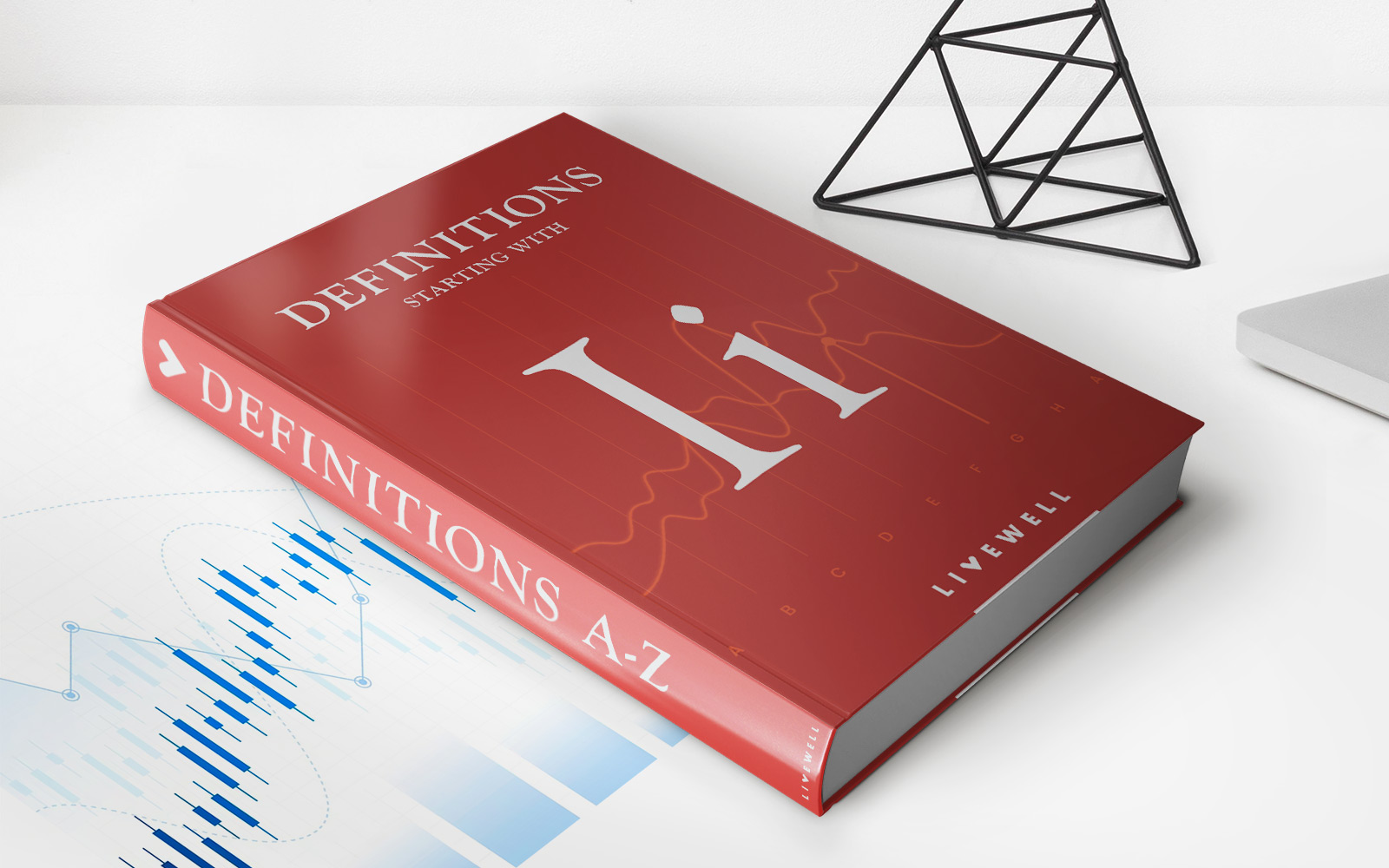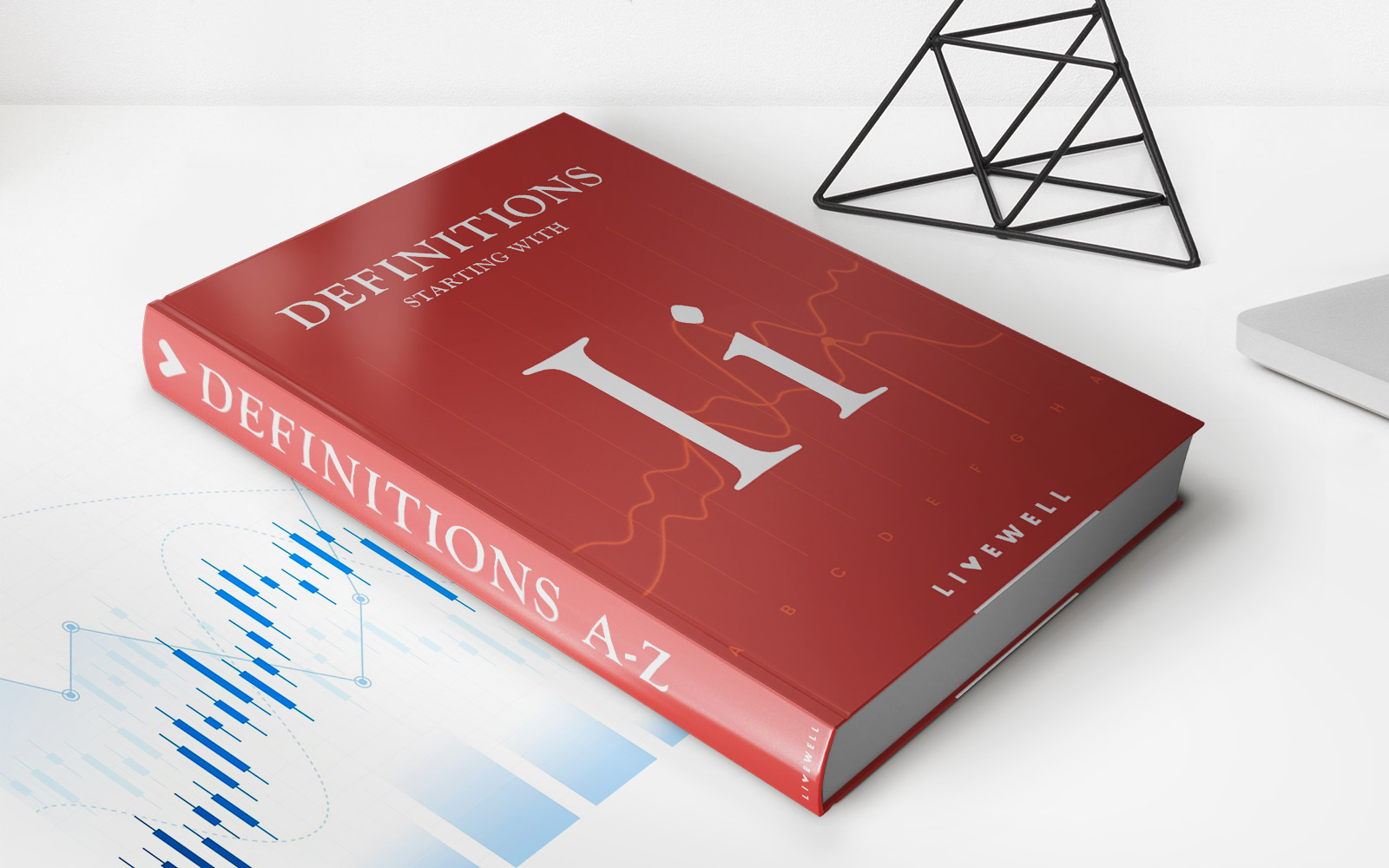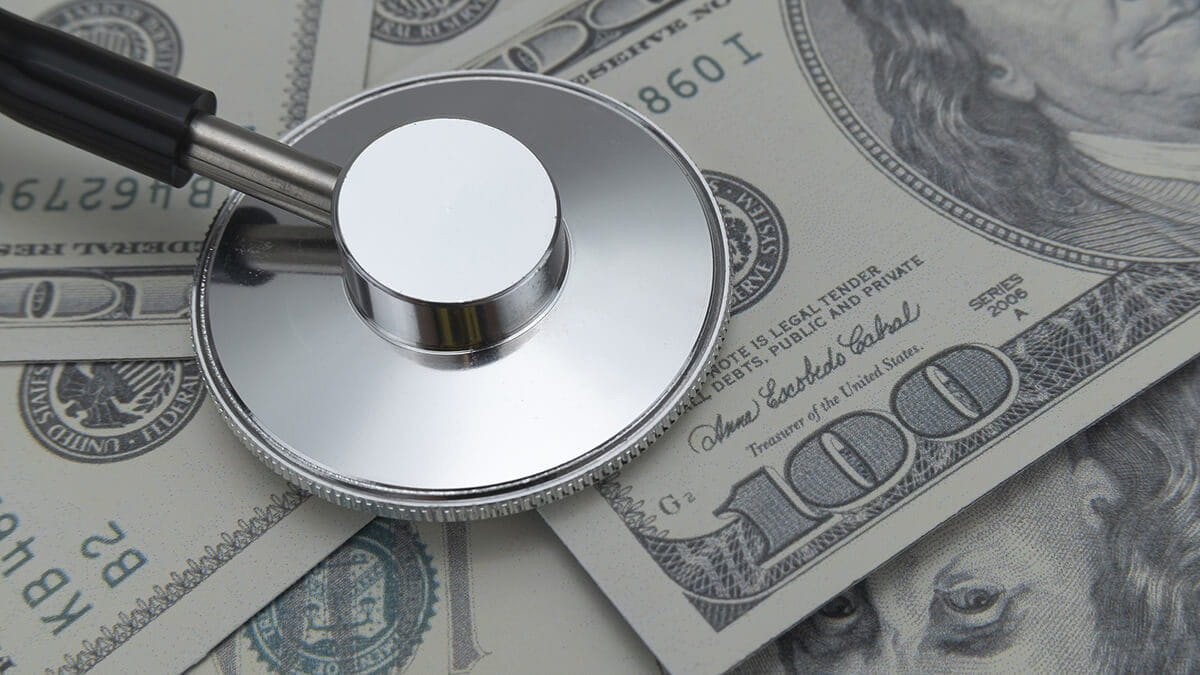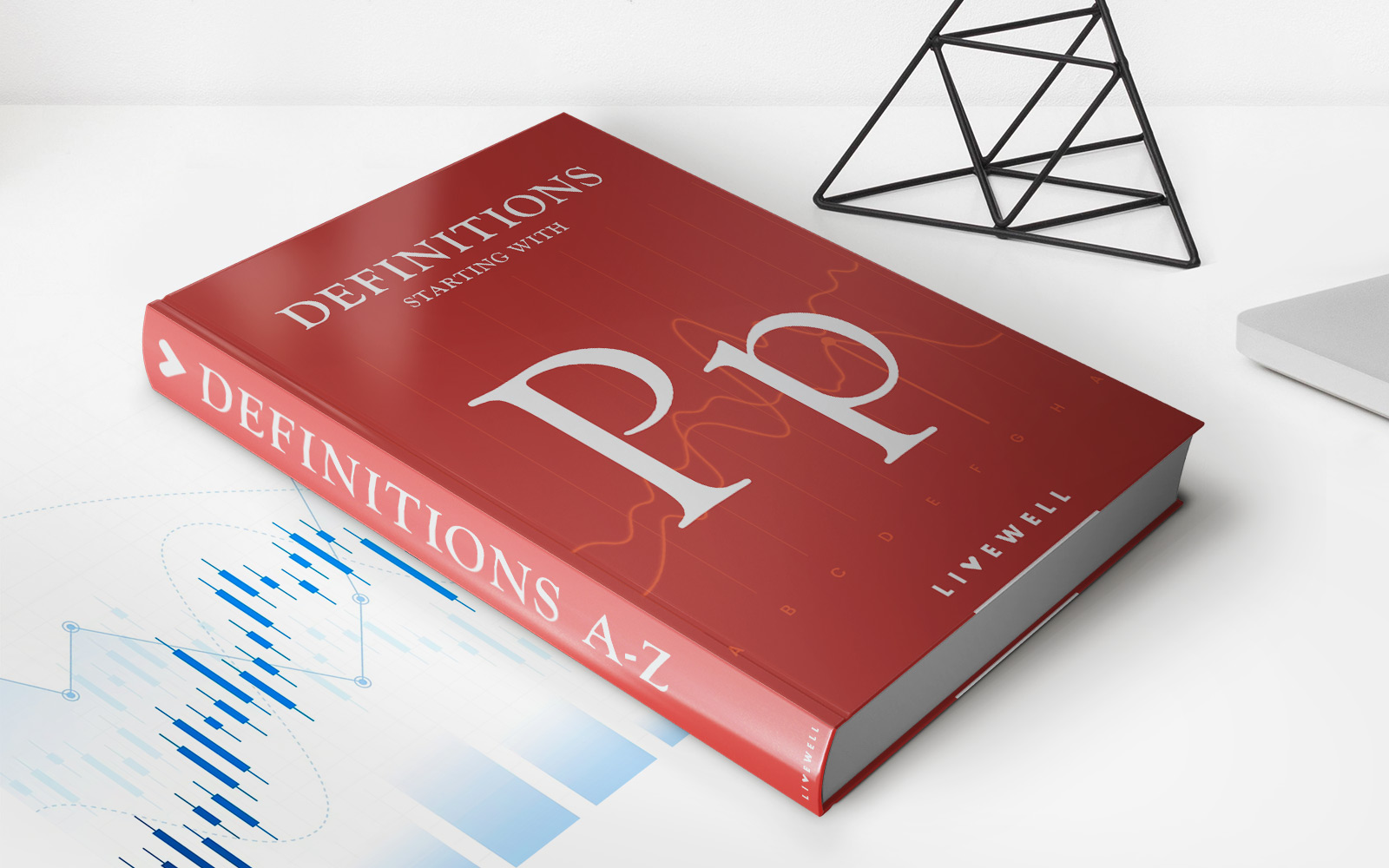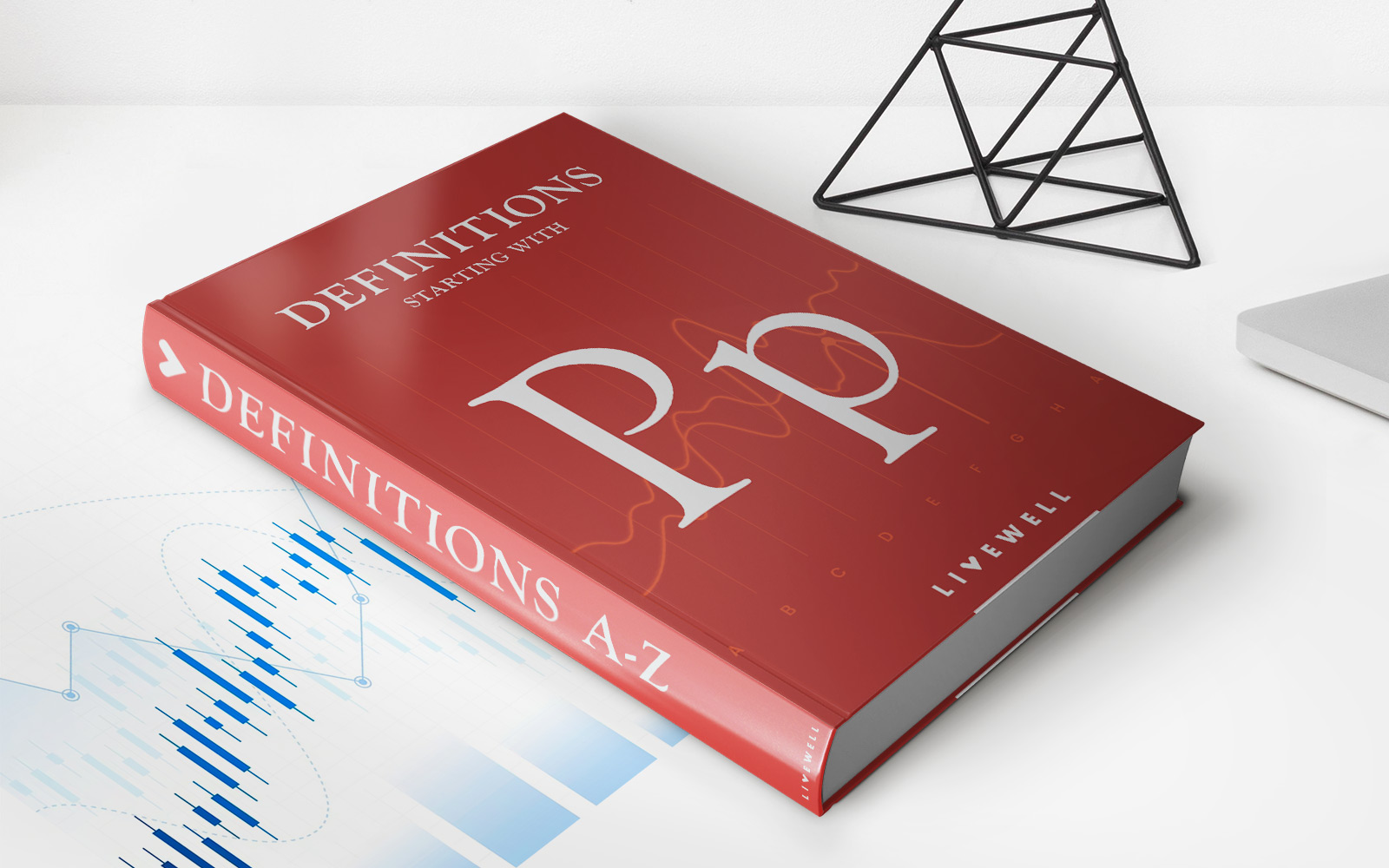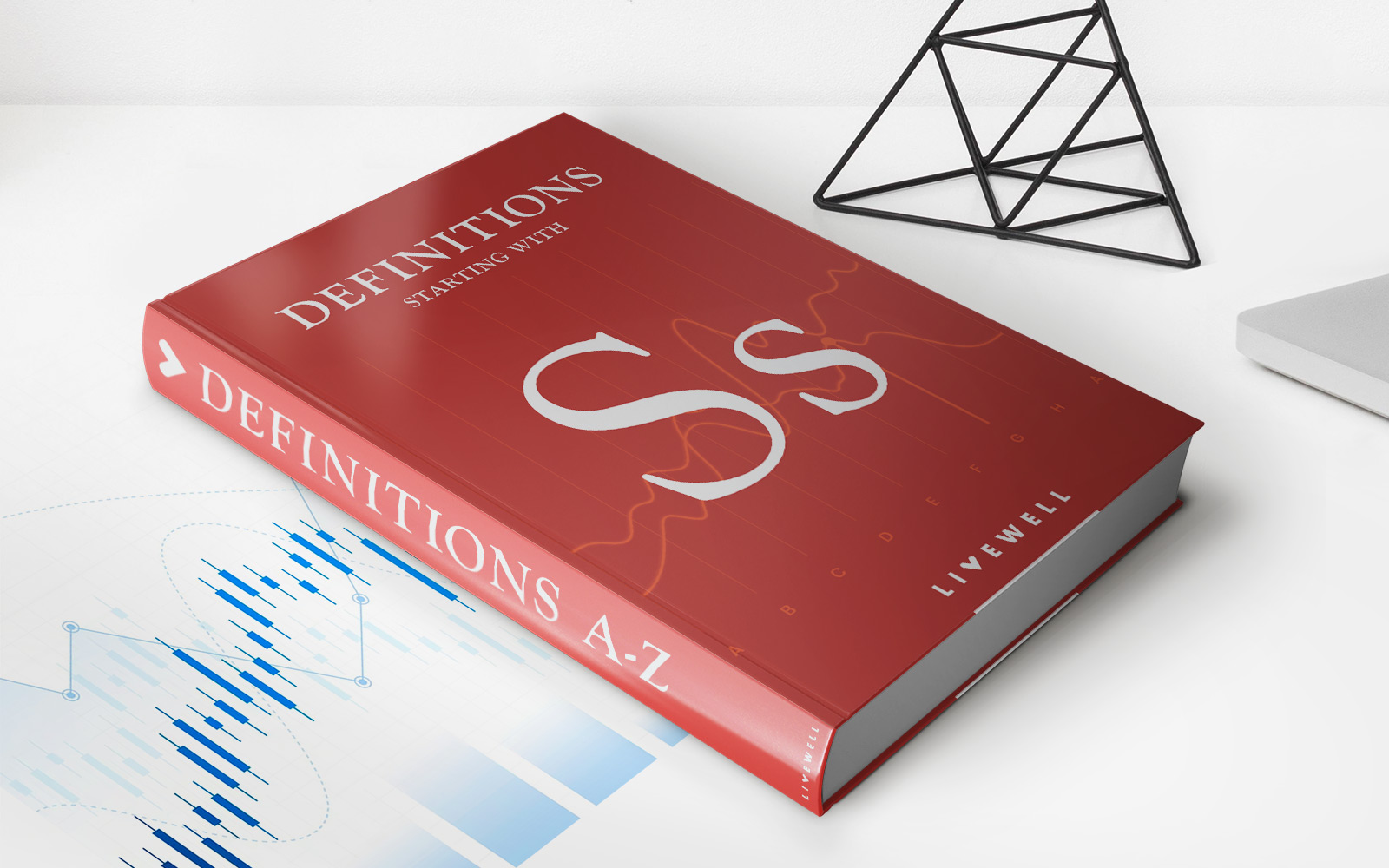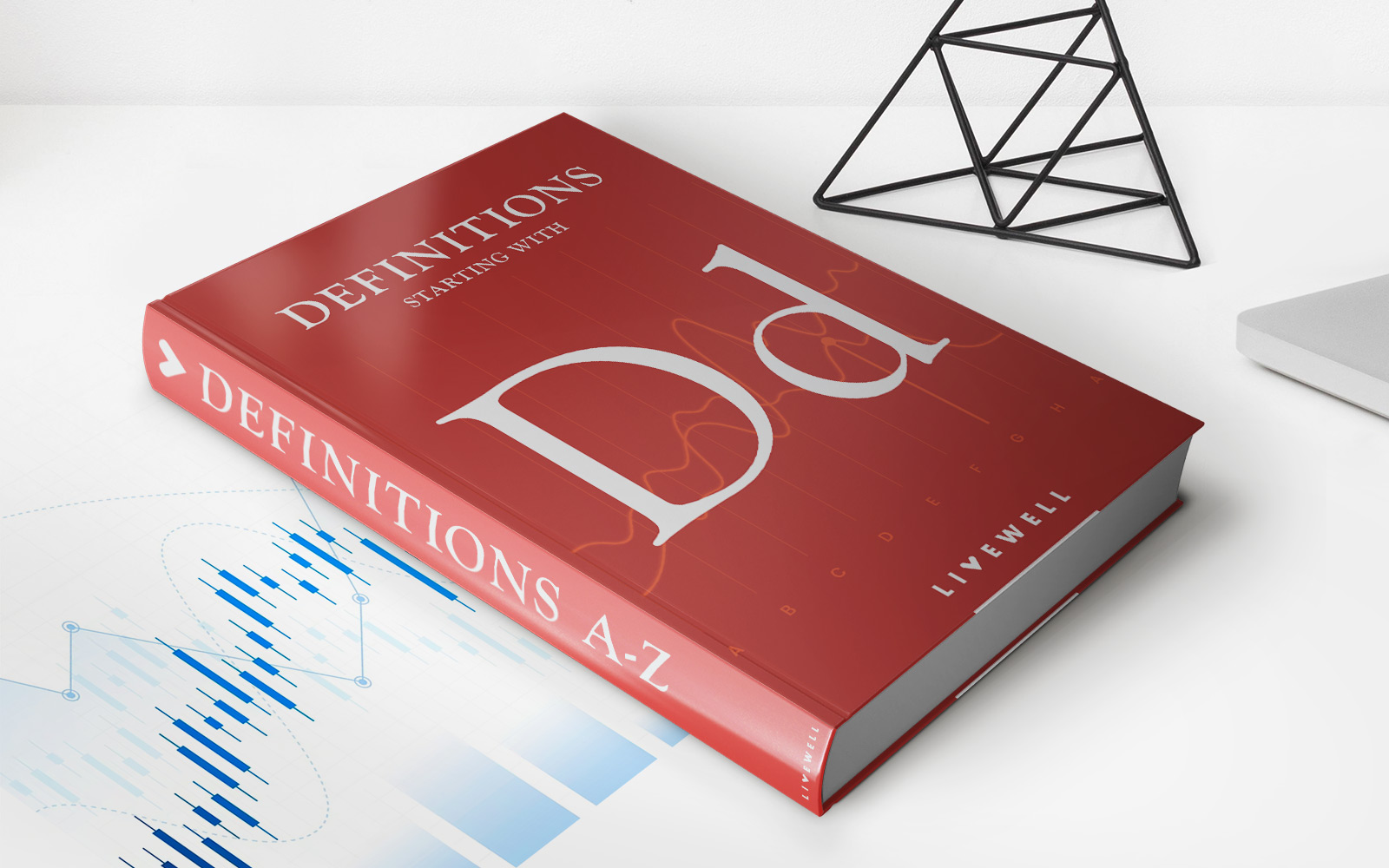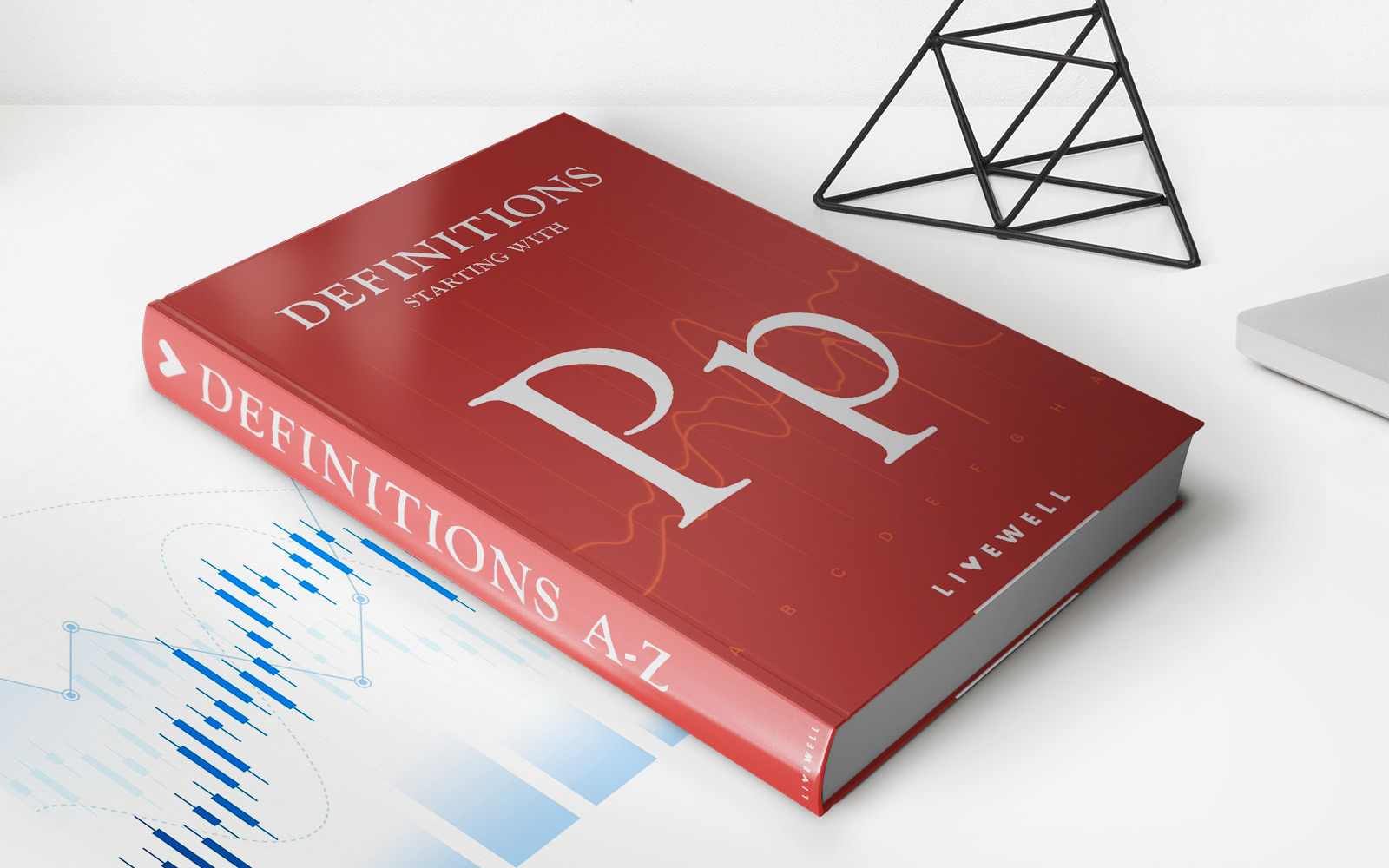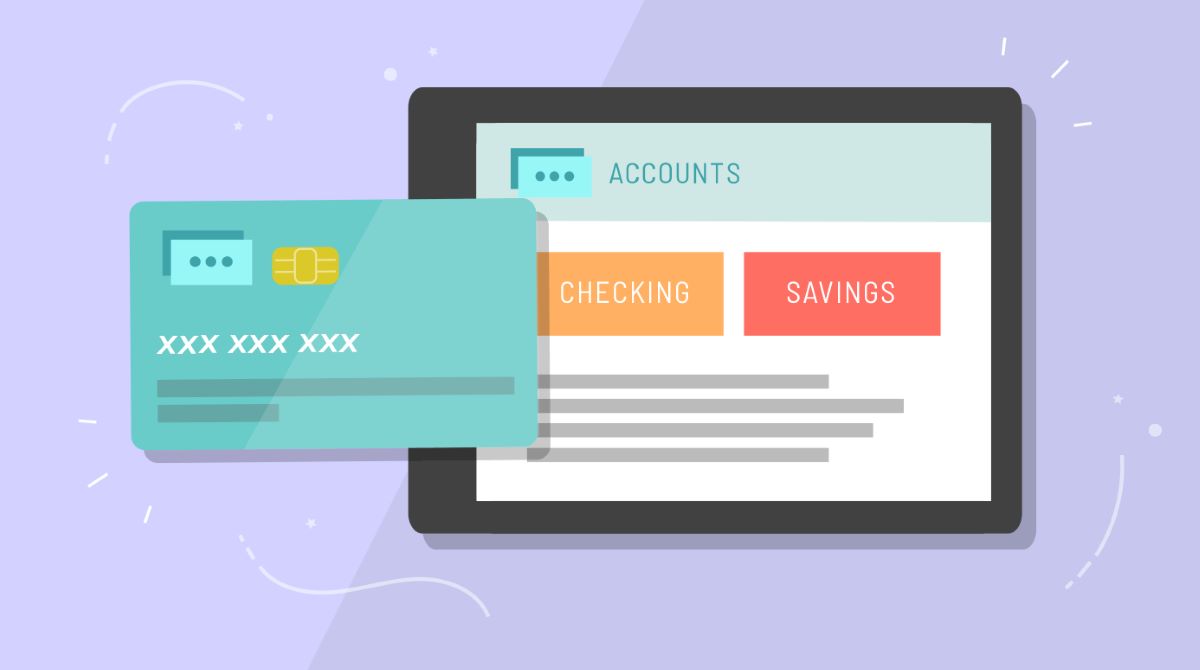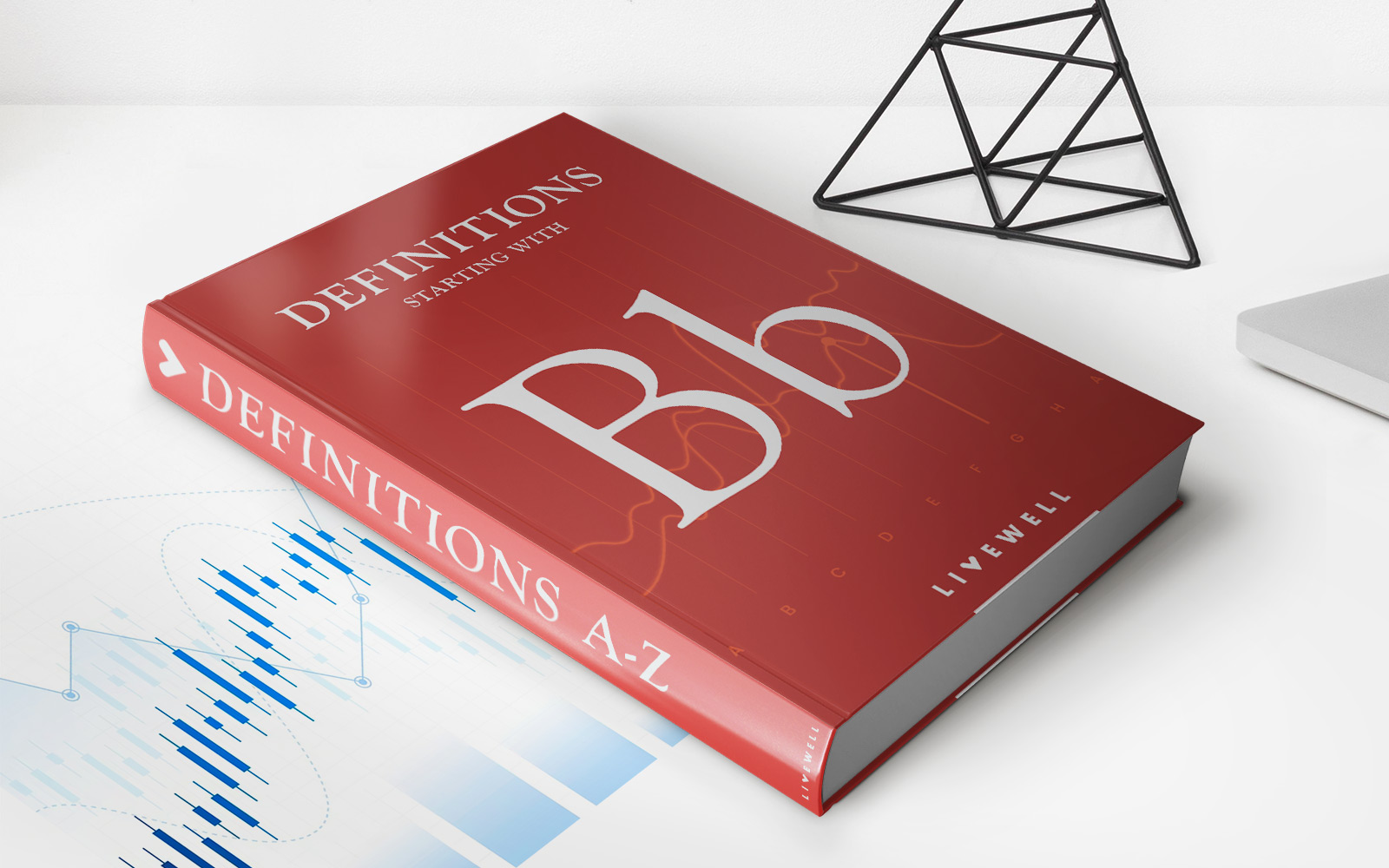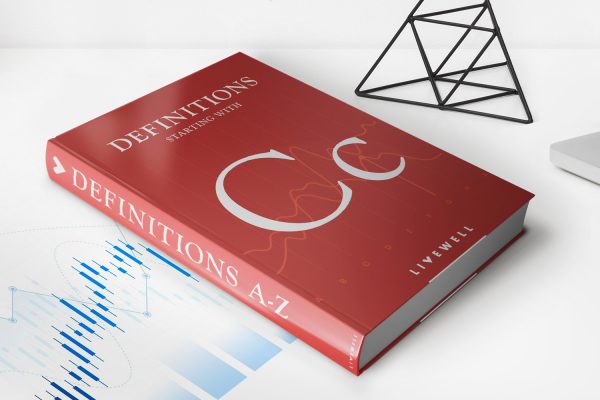Home>Finance>What Are Public Goods? Definition, How They Work, And Example
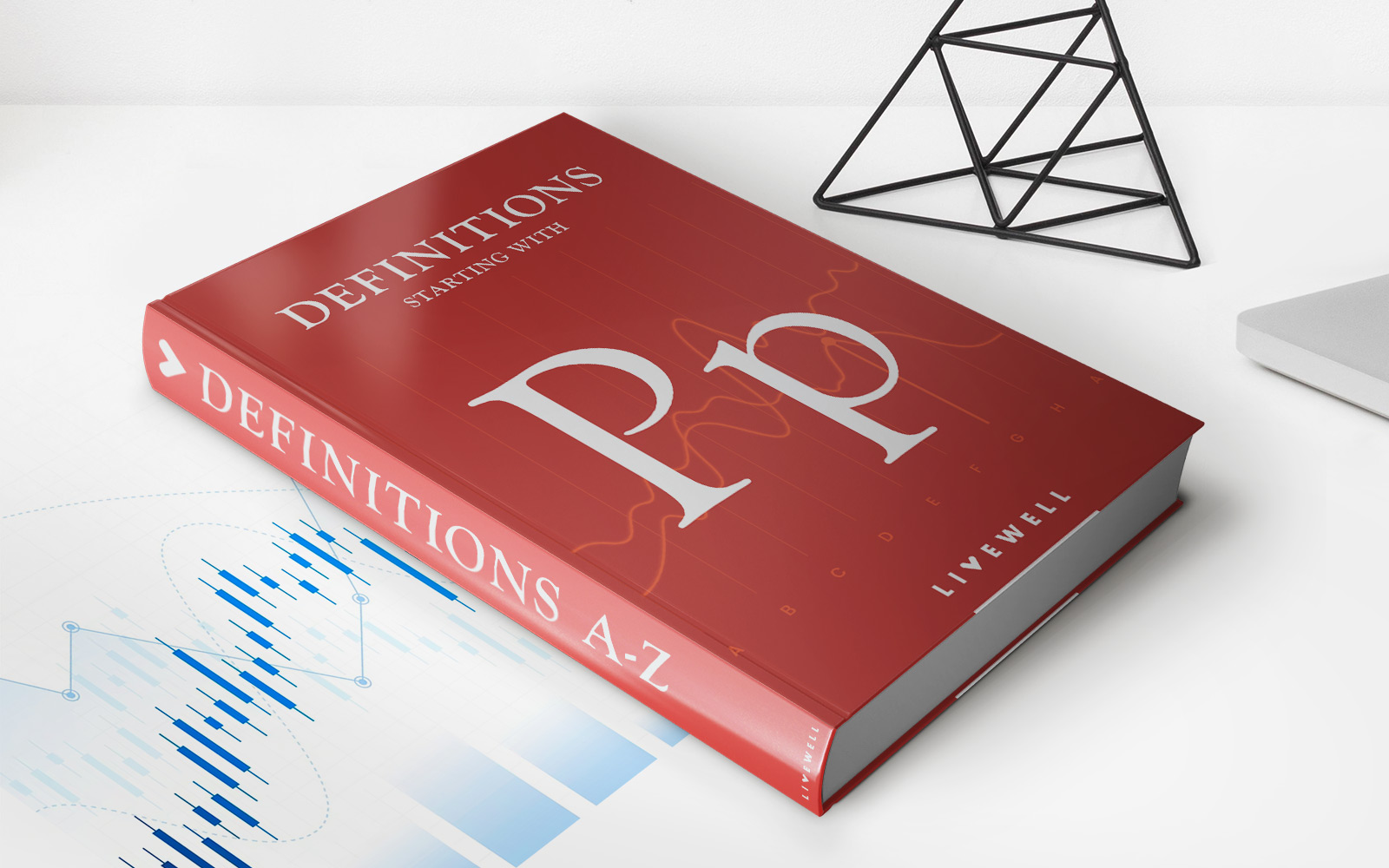

Finance
What Are Public Goods? Definition, How They Work, And Example
Published: January 13, 2024
Learn the definition and workings of public goods in finance, along with an example. Gain a deeper understanding of how public goods affect the economy.
(Many of the links in this article redirect to a specific reviewed product. Your purchase of these products through affiliate links helps to generate commission for LiveWell, at no extra cost. Learn more)
Welcome to our Finance category!
When it comes to managing our finances, it’s essential to have a good understanding of various concepts and terms. In this blog post, we are going to delve into the fascinating world of public goods. Understanding what public goods are, how they work, and why they matter can provide valuable insights into the dynamics of our economy and the ways in which governments allocate resources.
Key Takeaways
- Public goods are goods or services that are non-excludable and non-rivalrous, meaning that they are available to all and their consumption by one person does not diminish their availability to others.
- Public goods are typically provided by the government because the private sector has limited incentive to produce them due to the free-rider problem.
What Are Public Goods?
Public goods are a special type of goods in economics that are characterized by two main features: non-excludability and non-rivalry. Non-excludability means that individuals cannot be prevented from using or benefiting from the good or service, regardless of whether or not they have contributed to its production. Non-rivalry means that one person’s consumption of the good does not reduce its availability or utility to others.
Public goods are typically provided by the government because their nature makes it challenging for the private sector to produce them efficiently. This is due to a concept in economics known as the free-rider problem. The free-rider problem arises when individuals can benefit from public goods without having to pay for them. Since they cannot be excluded from using the goods, there is little incentive for individuals to contribute to their production.
How Do Public Goods Work?
Public goods work in a way that benefits society as a whole. To ensure their provision, governments step in and allocate resources to produce and maintain these goods for the benefit of the population. The costs associated with the production of public goods are typically financed through taxes or other forms of government revenue.
One essential characteristic of public goods is their non-excludability. This means that once provided, these goods are available to all individuals, regardless of their contributions or ability to pay. For example, public parks, national defense, and lighthouses are all examples of public goods that are accessible to everyone within a given community or nation, regardless of their financial means.
Another notable characteristic of public goods is their non-rivalry. This means that the consumption of these goods by one individual does not reduce their availability or utility to others. For instance, if an individual is benefiting from the national defense system, it does not diminish the protection available to other citizens.
An Example of a Public Good
An excellent example of a public good is street lighting. Street lighting provides valuable benefits to the community by improving visibility and ensuring public safety during the night. Once installed, street lights provide illumination for all individuals in the area, making it non-excludable. The consumption of street lighting by one person does not reduce its availability or benefit to others, making it non-rivalrous.
The provision of street lighting is typically financed through taxes, allowing the government to distribute the costs among the residents and businesses in the community. This example demonstrates how public goods can fulfill the needs of the population and contribute to the overall well-being of society.
In Conclusion
Public goods are essential components of our economic systems, providing valuable benefits to society as a whole. Understanding their definition, how they work, and why they are significant can help us appreciate the role they play in resource allocation and the responsibilities of governments in their provision.
Key Takeaways:
- Public goods are goods or services that are non-excludable and non-rivalrous.
- Public goods are typically provided by the government because of the free-rider problem.
We hope this article has shed some light on the concept of public goods and their importance in creating a well-functioning economy and society. If you are interested in learning more about finance topics, be sure to explore our Finance category for more insightful articles!
